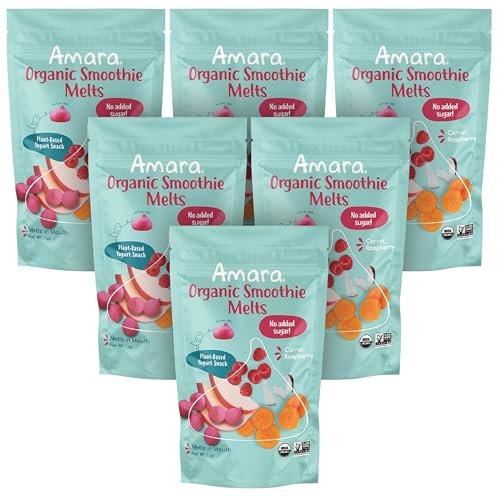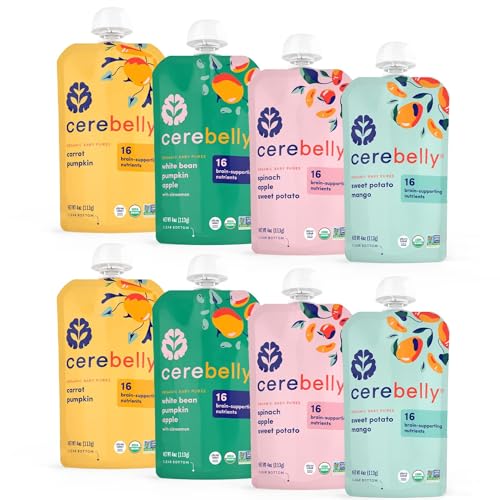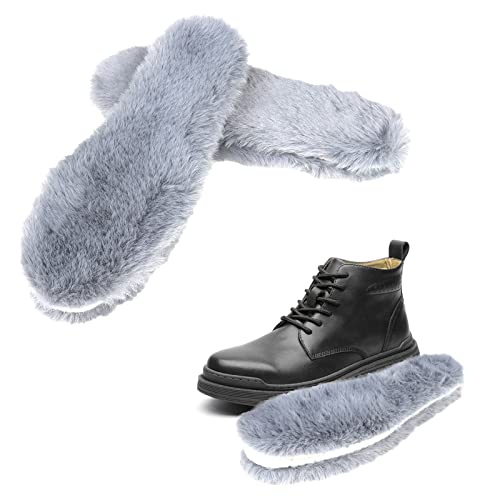My favorites are reds, blacks (and yes, the fiber is gray, only the face stays black) and the silvery chinchillas, but my #1 seller is the variegated yarn with a mix of harlequin, chocolate, chocolate agouti, chestnut, black, chinchilla and white, as items made from it go with just about anything.
I find the coarser angoras have the deepest color, so it's a tradeoff, softness vs. color depth. French Angora and some of the Satin Angoras have much deeper color than my English Angora, which I breed for a minimum of coarser guard hairs. I don't get the high spike of the coarser fiber, but I do get a softness that is spectacular in its own way. Of course, I've met super soft French, and I do have one black English doe with coarser fiber that is twice as dark as the other blacks when spun, as the coarser (and darker) guard hairs fuzz out, making it look darker.
If you like the more intense shades, breed the darkest rabbits together. Just like you need to breed red x red to increase the rufus factor, there is also a darkening factor you can intensify by breeding the darkest (most color saturated) together. Decades ago, I had blue rabbits that had darker fiber than most blacks, because I had the darkening factor in my herd. Then I met these incredibly pale pastel rabbits and fell in love with the soft colors I did not have, bred them into my herd, and forever lost that dark factor in the succeeding generations. I did not realize my mistake until it was too late.
As to dyeing, I actually prefer to dye over the gray colors for more intense jewel tones. I used to raise gray sheep just for this purpose, the color was richer than was possible with just dyeing over white. You can dye over any of the bunny colors. Now, unlike sheep wool, angora hates to get wet, and tends to float on top of the dyebath, ruthlessly avoiding getting dyed. I work hard to squeeze water through the fiber gently, and get it totally saturated before dyeing if I want a deep color. Just be sure to put cold, wet angora into a cool dyebath, and bring up the temperature slowly. Cold wet angora into a boiling bath is a recipe for felting, which I try to avoid until after the fiber is dyed. (I actually toss raw dry sheep wool into the hot dye pot with a squirt of dishwashing liquid, and let it wash and dye at the same time, I've done truckloads of it this way.)
Lycopus is a common weed in moist areas of America, also called bugleweed, water horehound, or gypsywort. This drawing is from the
USDA Plants Database
View attachment 44552
Dyeing with the whole plant makes deep charcoal gray/black shades, especially with an iron mordant. Black on processed wool yarn, dark gray on angora fiber.
View attachment 44553With alum, you get this yellow shade.
For deeper chocolate shades, try black walnut. You can use those messy nut husks in the fall, but I much prefer either the bark (which keeps all year for winter dyeing) or the leaves. None of the grit and ooze you get with the nut husks, and the leaves are available for the entire growing season. It does not need a mordant (which you know if you've ever picked up the oozy nuts without gloves.)
By the way, if you clip your angora rabbits, you are likely to get much, much lighter fiber than if you pluck the molting hair. The deepest color is on the tips of the fiber, if you clip that off, the remaining fiber is much lighter for the next crop. I am amazed what a difference it makes.
For other colors, ragweed and/or goldenrod in an iron pot makes khaki green. Goldenrod with alum in a non-iron pot is bright yellow. You can buy madder root or sappan wood (brazilwood) for reds. If you're growing madder, you want to harvest the three-year old roots in the fall, I think the fresh homegrown root makes a superior red to the store stuff. I dye my angora blue with indigo--the pre-reduced indigo that only uses soda ash instead of lye is gentle enough for angora. If you use the traditional indigo with lye, have vinegar on hand to neutralize the alkali once you've dipped the fiber and it has aired back to blue (indigo is a weird dye that starts out a an oxygen-starved urine-yellow dyebath, but when the fiber hits the oxygen in the air it recombines with the oxygen and turns blue again, an amazing bit of magic before your eyes.)
You can grow fresh woad, Japanese indigo and/or true indigo, and use the ice-dye method. Because the plant has an enzyme that disables the easy extraction of the blue color, it requires fermentation or chemical intervention to restore the blue. BUT, you can stop the enzyme before it changes the color availability by using ice and a blender. Harvest your leaves before the plant blooms (you can get several harvests a season), and immediately put them into a blender with ice. Pulse the mixture until the leaves are blended, pour into a bowl or pan, and gently swirl the fiber into the mixture for five minutes, then remove and air for five minutes. Repeat several times. The color will be a soft ice blue to teal green, a different shade than the navy-ish indigo done with multiple dips the traditional way. This is silk dyed this way with fresh woad leaves:
View attachment 44554
My favorite orange is from coreopsis/calliopsis plant and flowers. It's so weird to see those green leaves go in the dyepot and dye rich orange.
View attachment 44555
Dark red marigold flowers will do the same thing. There are dye plants surrounding us, if we know where to look for them.

















































































